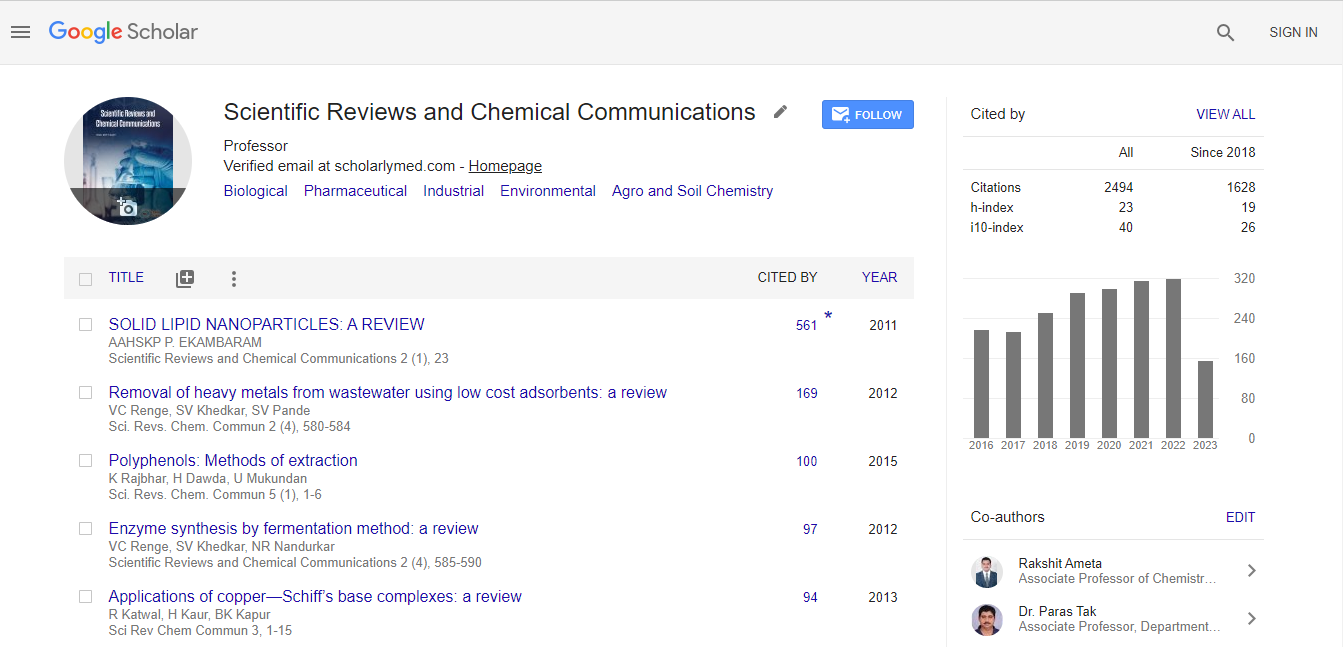Abstract
A Scientific Review on Bioremediation
Author(s): Falah H. HusseinBioremediation is a metabolic process that uses biological organisms to remove or neutralise an environmental pollution. Microscopic organisms such as fungi, algae, and bacteria are included in the “biological” species, as is the “remediation”—the treatment of the condition. Phytoremediation, bioventing, bioattenuation, biosparging, composting (biopiles and windrows), and landfarming are some examples of bioremediation-related technologies. Microbial bioremediation, phytoremediation, and mycoremediation are some of the most frequent types of bioremediation. Bioremediation is a field of biotechnology that involves the removal of contaminants, pollutants, and toxins from soil, water, and other environments using living organisms such as microorganisms and bacteria. Microbes are currently used in 'bioremediation' methods to clean up pollution treatment. Microorganisms are used in bioremediation to minimise pollution by biologically degrading contaminants into non-toxic compounds.

